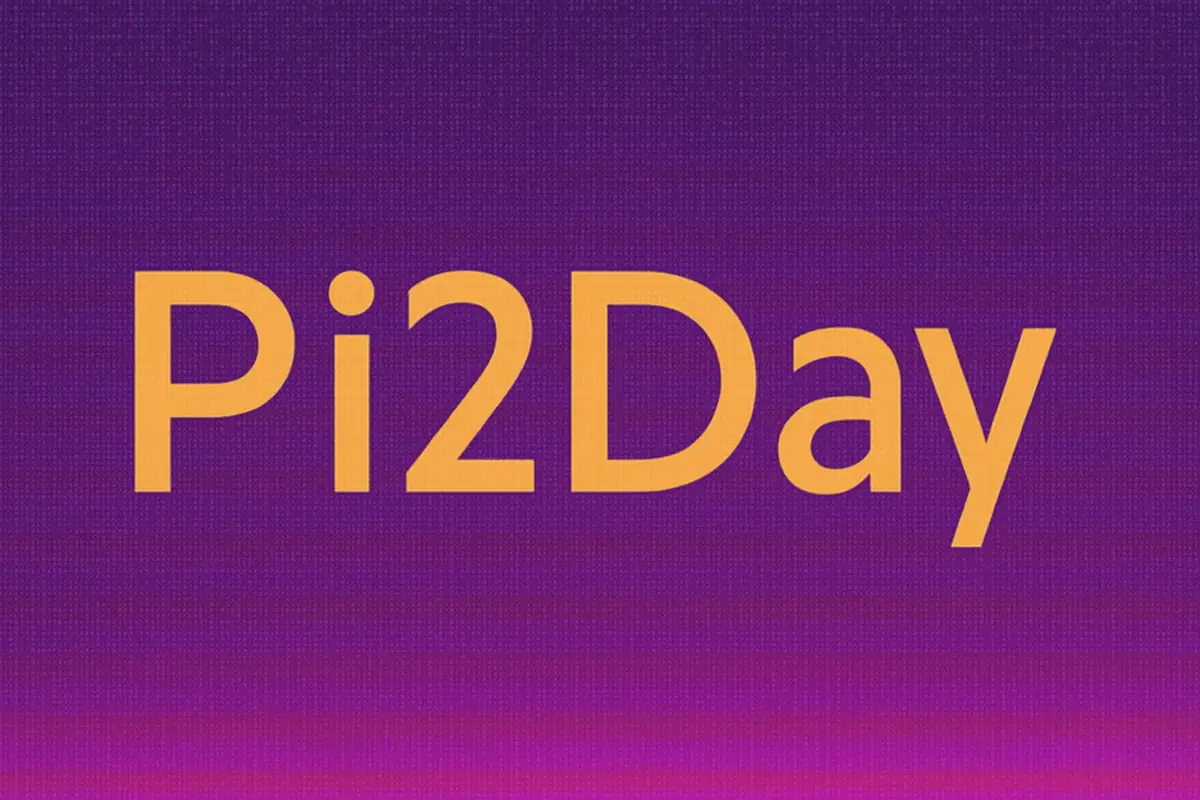In the shifting of the NFT market and on-chain creativity, Zora has emerged as a bold experiment in decentralization. On April 23, 2025, Zora launched its long-anticipated token airdrop.
The network, which operates as an NFT-focused layer-2 protocol, rolled out this initiative amid a sluggish NFT market and mounting debates over its recent controversies. Backed by heavyweight investors and tied to Coinbase’s Base project, Zora now stands at the center of attention.
Table of Contents
What is Zora?
Founded in 2020, Zora offers a unique bridge between an NFT marketplace and a decentralized protocol. While most NFT platforms focus on enabling users to trade digital assets, Zora goes further by offering infrastructure that allows developers to build tools, applications, and even economies on top of its network.
The project has secured $60 million in funding from well-known firms like Coinbase Ventures and Haun Ventures, showing investor confidence in its model. What sets Zora apart is its use of blockchain not just for trading NFTs but for enabling digital culture to be minted, shared, and monetized in new ways.
One of its biggest innovations was integrating with Base, Coinbase’s own layer-2 chain. This move enabled new possibilities for minting content directly from social platforms onto the blockchain, reinforcing Zora’s mission to support digital expression and creator ownership.
Zora’s $30M Airdrop Rewards Early Supporters
Zora’s airdrop on April 23 was one of the most anticipated events in recent NFT history. The airdrop rewarded those who had interacted with Zora between January 1, 2020, and April 20, 2025. It was divided into two snapshot windows: the first ending on March 3, and the second covering the period until three days before launch.
A total of 1 billion ZORA tokens – 10% of the overall 10 billion supply – were designated for this airdrop. According to public figures, the team retained 18.9%, while advisors and partners claimed over a quarter of the total.
At the time of release, ZORA was trading at approximately $0.03 on pre-market platforms. At that rate, the airdrop was valued at around $30 million. However, currently ZORA is trading at $0.023.
ZORA Binance Listing
Binance has officially announced the listing of ZORA on its Binance Alpha platform. Trading for the token went live on April 23, 2025, at 13:10 UTC. The move marks another expansion in Binance’s growing altcoin offerings, drawing strong interest from traders eyeing early opportunities on Alpha:
To celebrate the listing, Binance has airdropped 4,276 ZORA tokens to eligible users. The airdrop targeted those who’ve spent at least $50 using Spot or Funding accounts on Alpha between March 22 and April 20, 2025.
As of now, Zora Network has recorded over 87.4 million transactions. However, active user engagement has taken a hit. The number of daily active addresses has dropped by more than 80% over the past year, highlighting a steep decline in user interest as the NFT boom cools down.
The Controversy Behind “Base is for Everyone”
One of the most explosive moments in Zora’s history happened just before the airdrop, involving a token called “Base is for everyone.” The incident began when Coinbase’s Base network used Zora to mint a post on X into a token. This single piece of content was turned into an ERC-20 token and immediately experienced frenzied trading.
Within hours, trading volume exceeded $30 million, and profits reportedly reached $70,000. But the rally didn’t last. In less than four hours, the token’s value collapsed by 99%, with Uniswap volumes spiking to $13 million before plummeting just as fast.
This dramatic rise and fall ignited accusations of a pump-and-dump scheme. Critics said the coin’s promotion by Base’s official account lent it a sense of credibility, attracting retail investors who were later left with worthless tokens.
Developers from Base responded quickly. Charis, a core contributor, clarified that the coin was a “content coin” – not a traditional memecoin or speculative token.
Can Zora Rebuild Trust?
While Zora’s token launch has brought renewed attention, the platform now faces critical questions about trust, perception, and sustainable growth. The airdrop was a major milestone, drawing in fresh users and liquidity, but the shadow of the Base scandal lingers.
As of now, Zora finds itself between innovation and controversy. Its unique model of merging content with blockchain tech offers potential, but user engagement trends and market volatility concerns that can’t be ignored.
Read also: Raydium’s LaunchLab Is Live – Here’s What to Know




